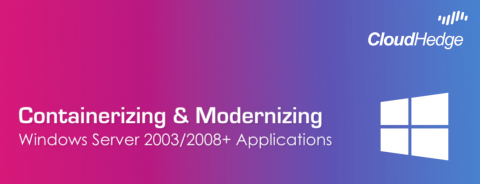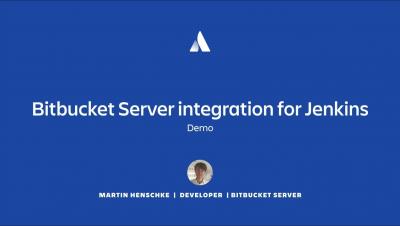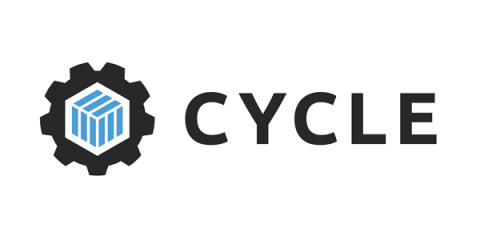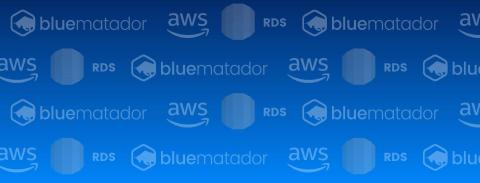Operations | Monitoring | ITSM | DevOps | Cloud
DevOps
The latest News and Information on DevOps, CI/CD, Automation and related technologies.
Modernise Windows 2008 Apps, Automatically!
With support for Windows 2008 shrinking, most enterprises are looking for options to move their apps onto newer versions of Windows (2016 or 2019). Some enterprises are okay paying through their nose for extended support, the majority cannot afford it! Some enterprises started migrating these apps ahead of time, however, some are stuck on which option to choose (re-write or re-platform).
Bitbucket Server integration for Jenkins
Run your tests in parallel with Codefresh and Knapsack Pro
One of the most well-known problems when it comes to testing applications is the amount of time required by all test suites. Integration tests, in particular, are usually very slow to execute and depending on the type of application, several minutes (or even hours in extreme cases) are needed in order to get the final execution result. You can reduce the test execution time with several techniques, but one of the most effective methods is running your tests in parallel.
Gartner Symposium 2019 Top Trends Impacting IT Infrastructure and Operations Management
OpsRamp was a sponsor of Gartner Symposium in Orlando last week, where CIOs and top executives gathered to share knowledge on the changing role of IT operations, DevOps adoption, and anything to do with cloud migration, monitoring, and management. Gartner analysts and researchers presented on several trends in the world of IT operations, and 10 of them offered key insights into the direction of our industry:
Kubernetes Adoption Hastens in EMEA
Containers - and Kubernetes - are now a key part of enterprise growth strategy across EMEA. We can see this not only as usage of Rancher grows, but also as the popularity of our local Lighthouse Events increases. In Northern EMEA particularly, the appetite for Kubernetes is accelerating rapidly. How are companies in this region capitalising on Kubernetes?
5 Strategies to Improve the Effectiveness of Your IT Management
IT is pervasive in today’s setting. Businesses, governments, and individuals use IT products constantly for different purposes. In fact, it is forecast that the global spend would reach $5 trillion by the end of 2019. Most of the money streaming into the IT industry comes for corporations and government agencies. Households are also contributing to it, including home-based commercial ventures.
How To Deploy WordPress as a Headless CMS on Cycle
With the release of the WordPress REST API (version 4.7 circa 2016), WordPress developers started deploying the application as a headless CMS. As the WordPress community started to embrace this architecture, more and more developers are starting to use it in production. Now thanks to the growing number of plugins, WordPress as a headless CMS is starting to become the go-to deployment strategy.
Longhorn Accepted into CNCF
Today I am very excited to announce that Rancher Labs’ Project Longhorn has been accepted by the Cloud Native Computing Foundation as a sandbox project. Many Kubernetes users still find it challenging to run stateful workloads and manage persistent storage. Longhorn aims to help you manage stateful workloads in Kubernetes by providing a solution for persistent storage that you can easily deploy, use, and manage.
Monitoring Amazon RDS with Blue Matador
Amazon RDS allows you to easily run databases in AWS without actually having to manage database servers. Since your databases are critical to the health of your application, properly monitoring RDS is a top priority for most teams. In this blog post, we will go over how Blue Matador monitors RDS automatically and without configuration.











